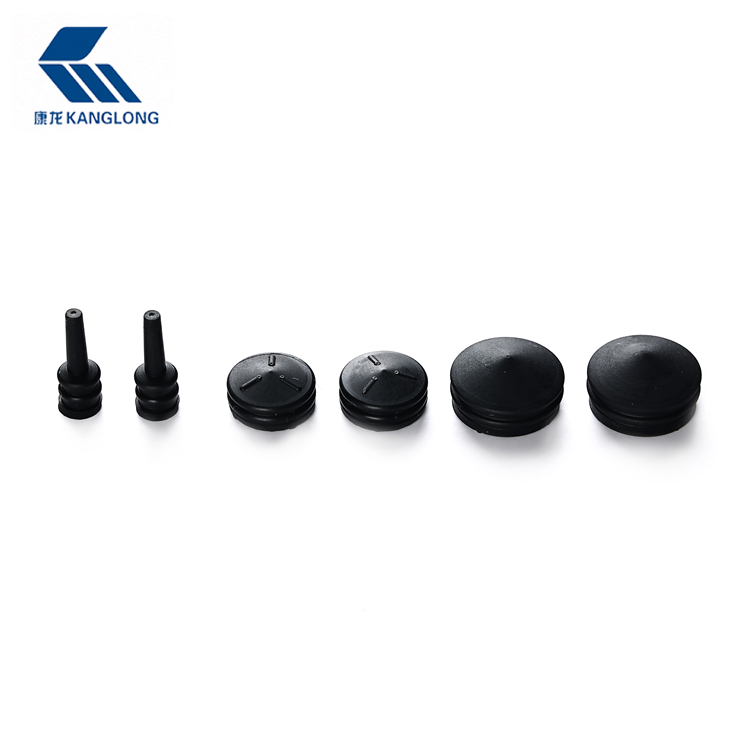Pharmaceutical rubber stoppers are not merely ordinary bottle closures; they are essential components of pharmaceutical packaging that serve a wide range of critical functions, including:
Contamination Prevention: Rubber stoppers act as a barrier, preventing external contaminants from entering medication containers. Contaminants can compromise the quality, safety, and efficacy of drugs, making the prevention of contamination a top priority.
Maintaining Sterility: In pharmaceuticals, sterility is paramount. Rubber stoppers undergo stringent sterilization processes to ensure they do not introduce harmful microorganisms into medication containers, preserving the sterility of the product.
Creating an Airtight Seal: Rubber stoppers are designed to create a secure and airtight seal, preventing oxygen from entering the container. This is crucial for medications that are sensitive to air and oxidation.
Minimizing Chemical Interaction: Rubber stoppers are engineered to release minimal extractable substances into the drug product. This minimization reduces the risk of chemical interactions that could compromise the medication's stability.
Characteristics of Pharmaceutical Rubber Stoppers
Pharmaceutical rubber stoppers possess a set of distinctive characteristics that make them suitable for use in pharmaceutical packaging:
Chemical Resistance: Rubber stoppers are formulated to resist chemical reactions, making them suitable for contact with a wide range of drug formulations. This resistance ensures that the rubber does not degrade when in contact with pharmaceuticals.
Elastomeric Properties: Rubber stoppers exhibit excellent elastomeric properties, allowing them to expand and contract as needed to provide an effective seal. This adaptability ensures a tight closure that helps maintain the medication's integrity.
Sterility: To maintain the highest level of sterility, pharmaceutical rubber stoppers are subjected to rigorous sterilization processes to eliminate the presence of harmful microorganisms.
Low Extractables: These rubber stoppers are engineered to release minimal extractable substances into the drug product, minimizing the risk of chemical interactions that could affect the medication.
Customizability: Manufacturers can tailor rubber stoppers to fit various container types and accommodate specific drug formulations, ensuring a secure and customized sealing solution for different medications.
The Manufacturing Process
The production of pharmaceutical rubber stoppers is a highly regulated and controlled process that ensures their quality and safety. The manufacturing process typically involves the following steps:
Raw Material Selection: High-quality elastomers, such as butyl rubber, chlorobutyl rubber, or bromobutyl rubber, are selected as the base materials for the stoppers.
Mixing and Compounding: The chosen rubber material is mixed with curing agents and other additives to achieve the desired properties. The compound is then processed into sheets or pellets.
Molding and Shaping: The rubber compound is shaped into the final stopper form through injection or compression molding. This step includes the creation of the stopper's top, bottom, and skirt.
Vulcanization: Vulcanization is a key step that improves the stoppers' durability and elasticity, ensuring they can withstand the stress of sealing containers.
Quality Control: Rigorous quality control tests are performed to verify the physical, chemical, and biological properties of the rubber stoppers. These tests include sterility testing, extractables analysis, and dimensional accuracy checks.



 English
English Español
Español


.jpg?imageView2/2/w/500/h/500/format/jpg/q/100)






